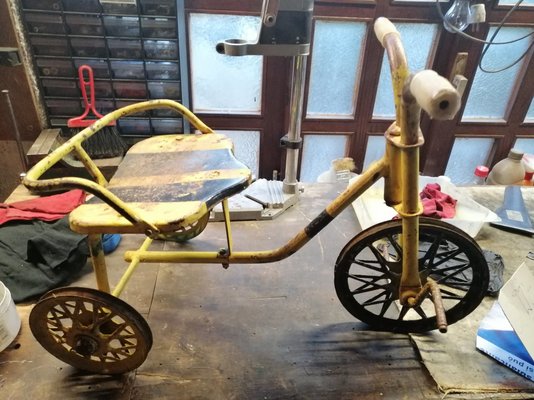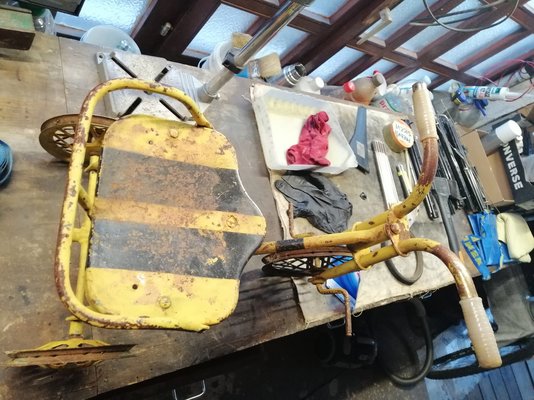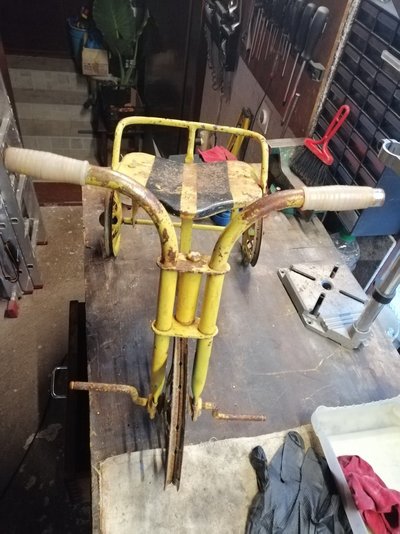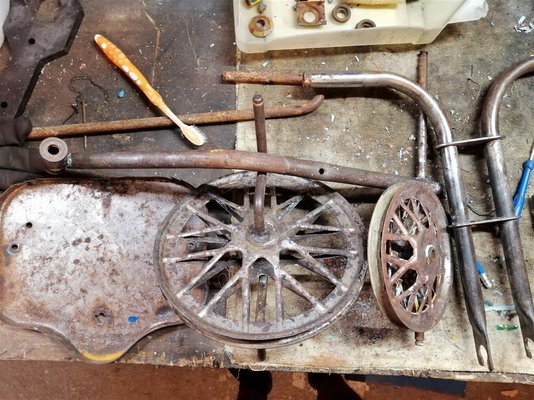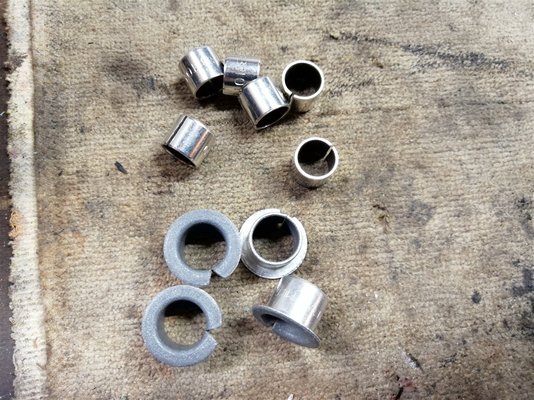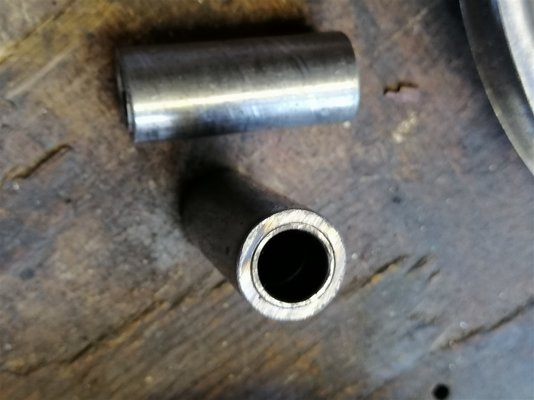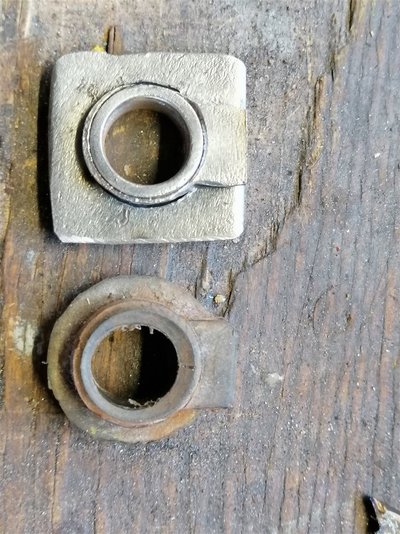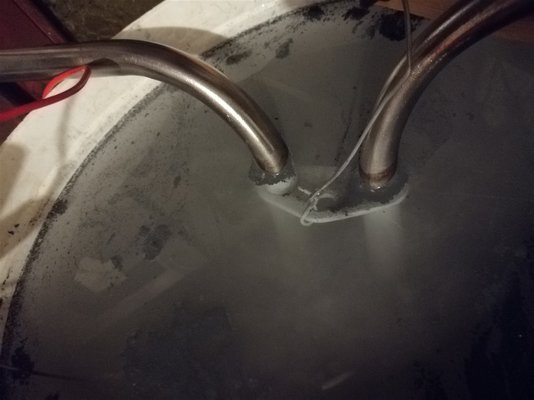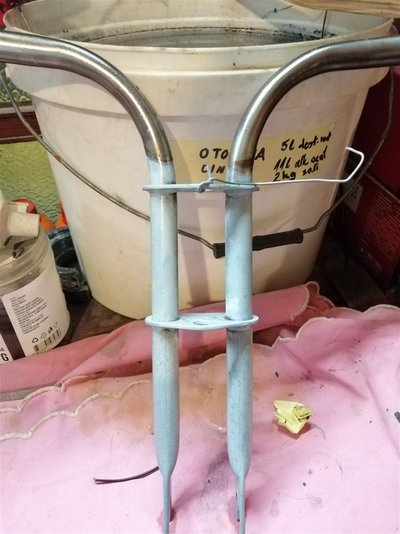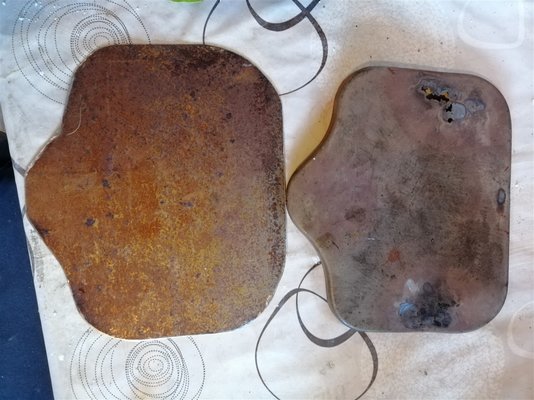Niels Svane
Renault 4TL '83, 1B1 845cc engine, Ducellier diz
- Messages
- 385
- Location
- Denmark
Thanks man!Congratulations on finishing your PhD Niels!

 It's so nice to be done! (and still be alive).
It's so nice to be done! (and still be alive).Thanks man!Congratulations on finishing your PhD Niels!

 It's so nice to be done! (and still be alive).
It's so nice to be done! (and still be alive).My father was a brick layer, I used to do this kind of jobs with him, that means he was doing them and I was merely passing materials; so I know how things should be done but never managed to be really able to do them by myself. Unfortunately, dad passed away on february and I am still slowly restoring my house, so I'm forced to front this limit and try my best; These days I was thinking of a barbecue in the garden, and would like to build it, along with a small pizza oven, with those kind of bricks... that's why I was trying to figure out how to use them!The
The bricks are all different sizes so I've marked out where the bricks should go on a length of wood and letting the mortar gaps take up the difference in brick size.
Sounds great!In other projects: I finished my PhD in biology this April.
I'm replacing piston and barrel on my MZ ETZ 250
I'm messing around with finding parts for my Hercules W2000 wankel "gift-bike"
I'm converting my 2000sqm garden to a thing of wilderness
I'm beginning the outer restoration of my cottage from 1850 (mostly masonry and wooden beams), lots of paint, tar, and lime!
I'm tearing down and rebuilding a shed/outhouse to be a combination of: Workshop, guest room, orangerie, and more. It's going to be made in wood, but with reinforced concrete segments in the floor for my motorcycles.
I'm rebuilding my garage for direct access to the new outhouse, maybe I'll isolate the garage and throw in some windows and a gate.
My other, thatched outhouse will be remade internally with supporting beams, and then a "house inside the house" setup. This will then be a two-room guest house.
Workwise I'll continue flying drones, mapping nature, teaching and developing a new biology candidate education, now as a post-doc.
Thanks dude! The R4 is actually getting its rear inner wings welded as we speak, and then it's up for six more years of bumbling around EuropeCongrats Niels!
SO many "other" projects you have.
Hope R4 does not need to become project soon!
Cool! It's a nice professionSounds great!
I'm a biologist too!
Sometimes I feel overwhelmed by the amount of jobs in the house, garden and workshop I have in my to-do list, but then I read yours and I think I don't have the right!
 Today I tested our new ROV in one of Denmarks many fjords, inspecting our transplanted eelgrass beds. Haha, the question is not how many tasks I have, it's how many I actually get done
Today I tested our new ROV in one of Denmarks many fjords, inspecting our transplanted eelgrass beds. Haha, the question is not how many tasks I have, it's how many I actually get done 
...... the question is not how many tasks I have, it's how many I actually get done

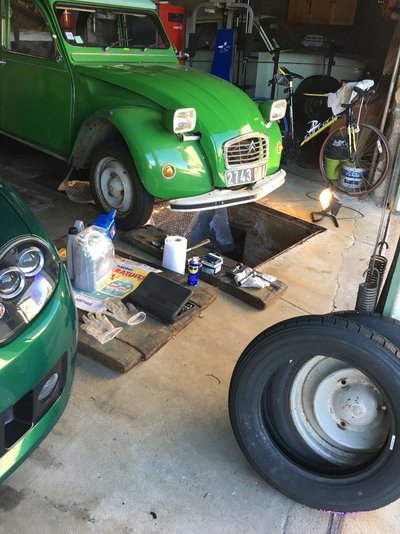
Give it a go. I bought a book https://www.amazon.co.uk/Brickwork-Bricklaying-Guide-Jon-Collinson/dp/1847973752 It's really boring and I've never really read it through but it has been good at answering any questions I had.My father was a brick layer, I used to do this kind of jobs with him, that means he was doing them and I was merely passing materials; so I know how things should be done but never managed to be really able to do them by myself. Unfortunately, dad passed away on february and I am still slowly restoring my house, so I'm forced to front this limit and try my best; These days I was thinking of a barbecue in the garden, and would like to build it, along with a small pizza oven, with those kind of bricks... that's why I was trying to figure out how to use them!
Yep, usually concrete is for things that should link parts or stand alone, if you are "just" laying brick, building a wall or filling small holes lime mortar is the option. For small jobs I use the premixed bags, for bigger ones we used to mix it by ourselves . Still, a tiny bit of portland cement has his place in lime mortar too!Give it a go. I bought a book https://www.amazon.co.uk/Brickwork-Bricklaying-Guide-Jon-Collinson/dp/1847973752 It's really boring and I've never really read it through but it has been good at answering any questions I had.
I'm a big fan of lime mortar. I don't like cement. Lime mortar lets the bricks dry out when they get wet, and also lets them move around if you forgot the foundations. So good for an old house. It's prettier too. Big advantage for beginners is it's very forgiving and allows a much longer working time for finishing.
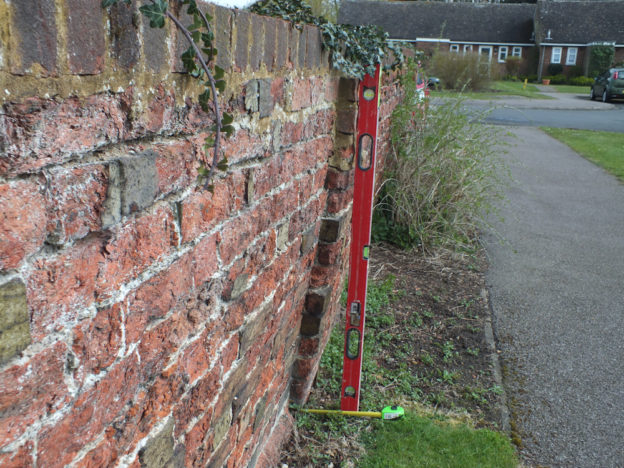
Cement and concrete in old buildings and walls is just so irritating. I have to remove cement that is put in holes in the timber and also covering the timber framing in my cottage, repair the walls with proper hydraulic lime-mortar and cover with slaked lime. Nearly all the timber has been covered in either that nasty cement or in old (and illegal) stone-coal tar, while it should be covered in proper wood-tar.True enough portland cement is banned on my site apart from under the ground and for chimney flaunching. The old wall had three big problems - the overhang at the top had been removed so lots of water could get onto the bricks; it had been cement pointed so the water couldn't get out of the bricks again; and the bricks are rubbish - I think they might have been made on site. Actually it had a fourth problem - it was pushed over by a tree.
Bricks lasted 200 years (I think all the deterioration was in the last 50 years with the bad repairs) so maybe turning them around will give them another 200 years. They'll get tile creasing with decent coping at the top and lime mortar. Should be OK until they need repointing in 100 years and hopefully they'll have figured out not to use cement to re-point 300 year old walls by then.
I've been around the rest of the house removing waterproof coatings to allow the walls to dry. Cement walls are wet and have poor insulation properties. With lime they can dry out and that makes them insulate quite well. Maybe that might get some consideration in the green revolution but I doubt it.
Modern bricks are made with the expectation they will be soaking wet all the time so cement isn't so much of an issue with them.


That looks great. My late father loved brick laying and built extensions and walls and all sorts. He would have been very impressed.My wall is growing slowly. I've been watering it :-) I thought I would be able to lay 100 bricks a day but it turns out I'm a little slower so 3000 bricks will take a while. The stretchers are from the original 200 year old wall just turned around to hide the badly spalled face. They look quite neat given their poor condition
View attachment 28373
bit like a Renault 4 !Cement and concrete in old buildings and walls is just so irritating. I have to remove cement that is put in holes in the timber and also covering the timber framing in my cottage, repair the walls with proper hydraulic lime-mortar and cover with slaked lime. Nearly all the timber has been covered in either that nasty cement or in old (and illegal) stone-coal tar, while it should be covered in proper wood-tar.
But remediating older, wrong maintenance efforts is part of the fun of owning a 170 year old house

